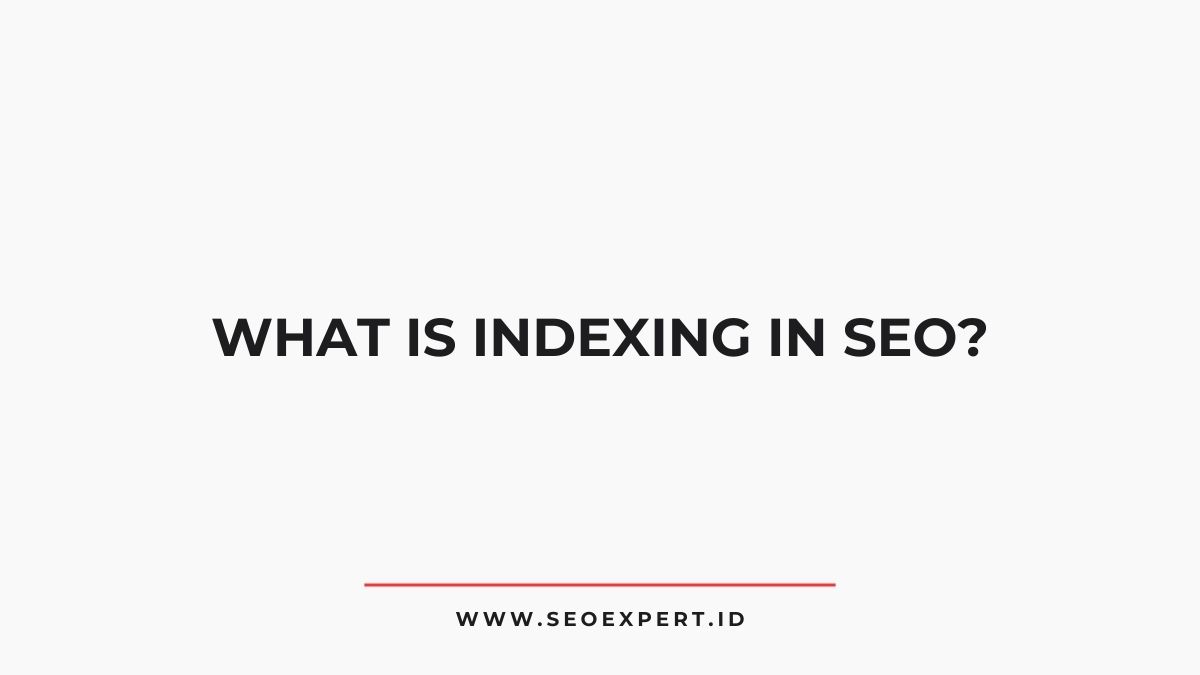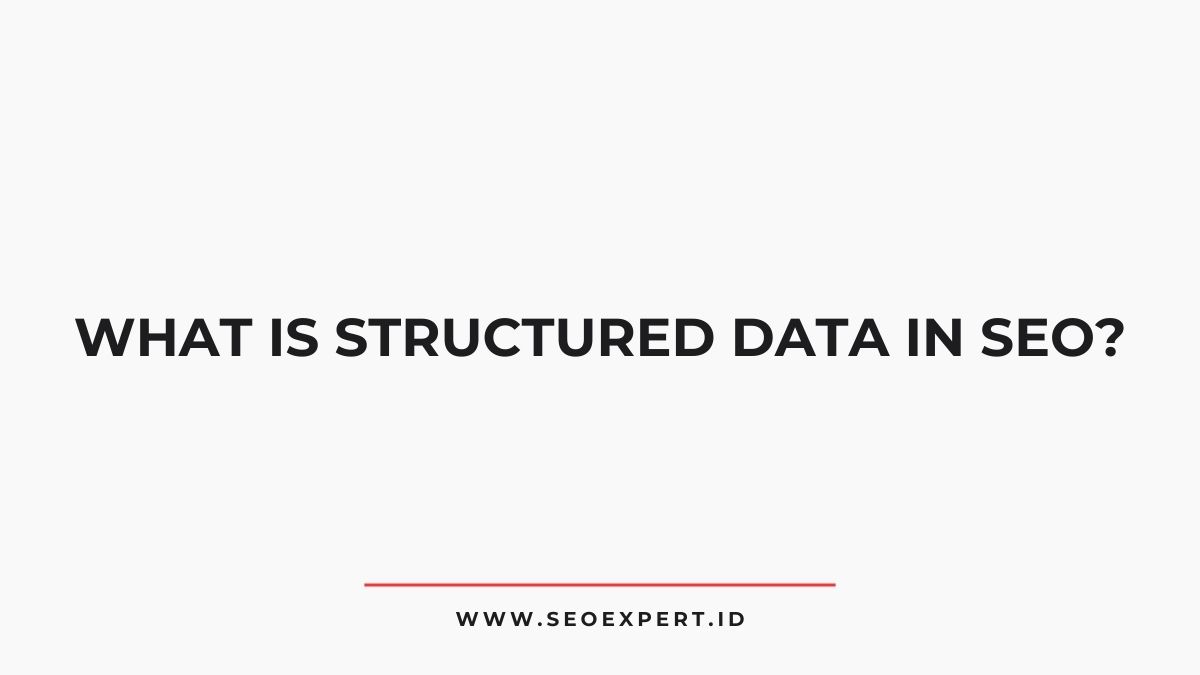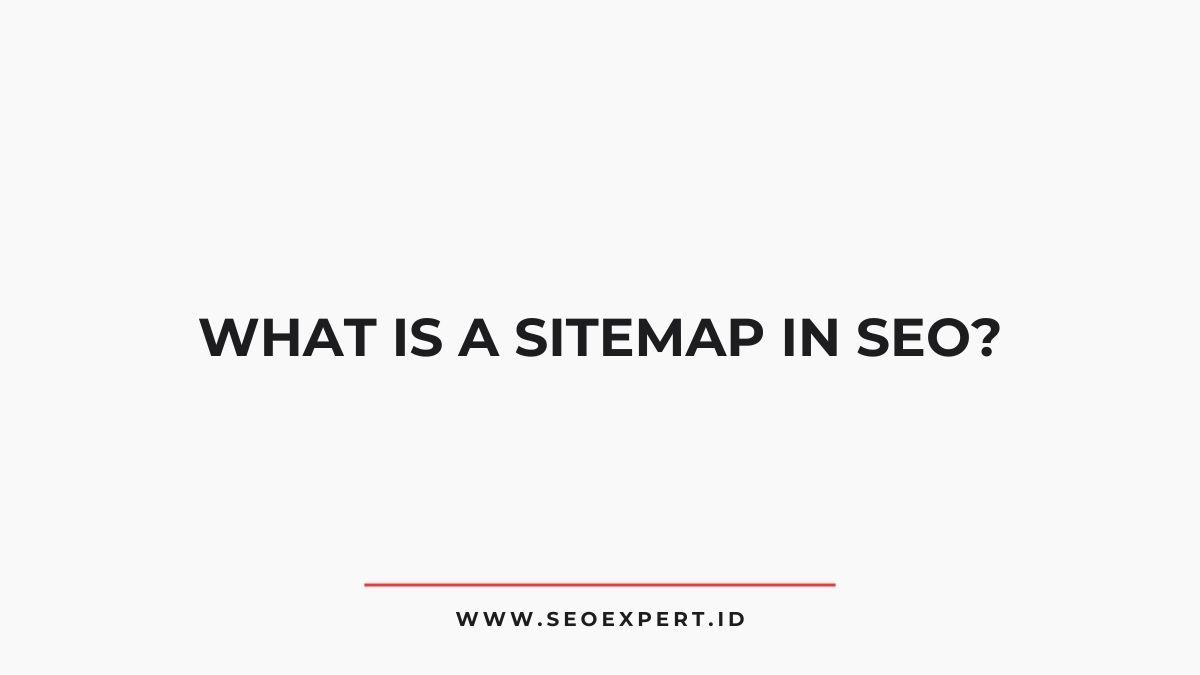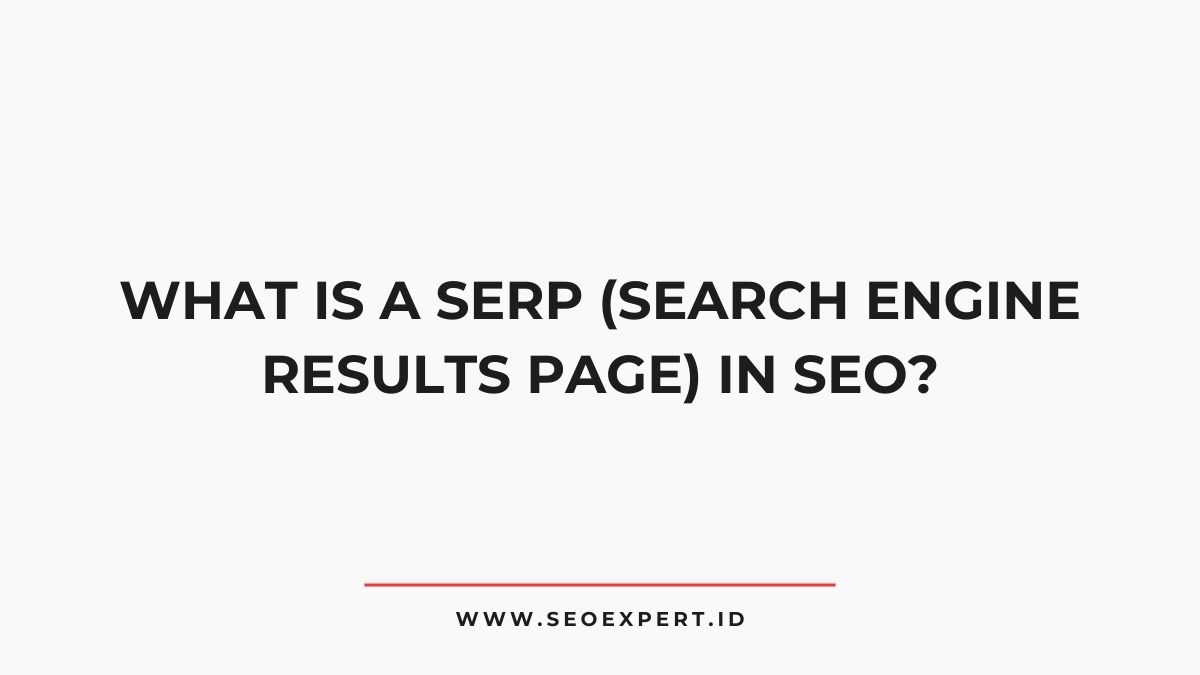A crawler, also known as a web spider, is an automated program that traverses the internet to index content for search engines.
Writecream
Your ultimate secret weapon for SEO, sales, and marketing success.
It collects data from web pages and follows hyperlinks to discover new content, while adhering to protocols like robots.txt for access regulations.
Indexing is vital for search engine visibility, and factors such as site structure and load speed considerably influence crawler efficiency.
To optimize for crawlers effectively, understanding their functionality and behavior is essential. More insights await on enhancing website performance.
TL;DR
Hide- A crawler, or web spider, is an automated program that browses the internet to index content for search engines.
- Crawlers collect data from web pages to improve search engine optimization (SEO) and discover new content via hyperlinks.
- They follow the robots.txt protocol to respect website access restrictions and user privacy during their indexing process.
- Site structure, page load speed, and internal linking significantly impact how effectively crawlers navigate and index web content.
- Monitoring crawler activity through server logs and tools like Google Search Console helps identify indexing issues and optimize site performance.
Understanding Web Crawlers
Web crawlers, also known as spiders or bots, are automated programs designed to systematically browse the internet and index content for search engines.
Their primary function is to collect data from web pages, which is essential for search engine optimization (SEO).
These programs traverse hyperlinks to discover new content and update existing information, ensuring that search engines provide accurate results.
Web crawlers adhere to the robots.txt protocol, which guides their behavior and outlines the pages that should not be accessed.
This consideration for website restrictions emphasizes the importance of user privacy and security.
How Crawlers Function
Crawlers operate by employing a systematic approach to navigate the vast expanse of the internet.
They initiate their process by accessing a predefined list of URLs, commonly referred to as seeds.
Crawlers systematically navigate the internet, starting with a predefined list of URLs known as seeds.
Upon visiting a webpage, crawlers analyze the content and identify hyperlinks leading to other pages.
This link-following mechanism allows them to explore new content continuously.
Crawlers utilize algorithms to assess the relevance and quality of each page, considering factors such as load times and server responses. They also respect the robots.txt file, which provides directives on which pages should not be crawled, thereby enhancing website security.
Additionally, crawlers can prioritize pages based on their authority, ensuring that the most valuable content is indexed effectively.
The Importance of Indexing
Indexing serves as a critical function for search engines, determining how content is categorized and retrieved in response to user queries.
The effectiveness of indexing directly influences a website’s visibility, as well-structured and indexed content is more likely to appear in search results.
In addition, understanding indexing aids in optimizing crawl budget management, ensuring that search engines efficiently allocate resources to the most relevant pages.
Role of Search Engines
Although many users might take search engines for granted, their role in organizing and making sense of the vast expanse of online information is critical.
Search engines utilize crawlers to index web pages, enabling users to retrieve relevant content efficiently. This indexing process guarantees that users can access accurate information in a timely manner.
Key functions of search engines include:
- Data Collection: Gathering vast amounts of information from various websites.
- Content Categorization: Organizing data based on relevance and quality.
- Query Processing: Interpreting user queries to provide the most pertinent results.
- Ranking Algorithms: Employing complex algorithms to determine which pages appear first in search results.
These mechanisms are essential for maintaining a safe and effective online experience.
Impact on Visibility
When web pages are effectively indexed, their visibility in search engine results considerably increases, allowing users to discover relevant content more easily.
Indexing serves as a critical mechanism through which search engines categorize and prioritize web pages based on their content and relevance.
This process not only enhances user experience by presenting pertinent information but also fosters trust in the search engine’s ability to deliver accurate results.
Effective indexing relies on various factors, including the quality of content, keyword relevance, and site structure.
Websites that are well-indexed are more likely to achieve higher rankings, thereby enhancing their overall digital footprint.
Consequently, businesses and content creators must prioritize optimization strategies to guarantee their pages are indexed effectively, safeguarding their online presence.
Crawl Budget Management
Effectively managing crawl budget is essential for optimizing a website’s indexing potential and overall search engine visibility.
A well-structured approach guarantees that search engine crawlers efficiently allocate their time and resources, leading to improved rankings.
Key aspects of crawl budget management include:
- Prioritizing high-value pages: Focus on optimizing content that drives traffic and conversions.
- Eliminating duplicate content: Reduce redundancy to enhance crawl efficiency and indexing accuracy.
- Optimizing site structure: A logical architecture aids crawlers in steering through the site effectively.
- Monitoring server response times: Confirm fast loading times to prevent crawler timeouts.
Factors Affecting Crawler Behavior
Crawler behavior is greatly influenced by site structure and page load speed, both of which determine how effectively a crawler can navigate and index content.
A well-organized site structure facilitates easier access to information, while ideal page load speed guarantees that crawlers can process pages without delays.
These factors are critical for maximizing the efficiency of search engine indexing processes.
Site Structure Importance
The significance of site structure in search engine optimization cannot be overstated, as it directly influences how effectively web crawlers navigate and index content.
A well-organized site structure facilitates crawler efficiency, ensuring that all important pages are discoverable and prioritized.
Key factors affecting crawler behavior include:
- Hierarchical organization: A clear hierarchy allows crawlers to understand content relationships.
- Internal linking: Strategic links help crawlers traverse the site and establish page authority.
- URL structure: Clean, descriptive URLs enhance crawlability and user experience.
- Sitemap availability: Submitting an XML sitemap informs crawlers of the site’s layout.
A robust site structure ultimately enhances visibility in search results, contributing to improved user trust and safety in online navigation.
Page Load Speed
While numerous factors influence search engine optimization, page load speed stands out as a critical element affecting crawler behavior.
Search engine crawlers prioritize websites that load quickly, as this reflects a positive user experience and overall site quality. Slow-loading pages may result in incomplete indexing, as crawlers might time out or abandon the crawl process.
Factors contributing to page load speed include server response time, image optimization, and the use of efficient coding practices. Additionally, excessive third-party scripts can hinder performance, further complicating crawler access.
A website’s ability to maintain ideal load speed is paramount; it not only enhances visibility in search rankings but also guarantees the safety of user engagement and interaction.
Common Myths About Crawlers
Despite the critical role that crawlers play in search engine optimization, numerous misconceptions about their functions and behaviors persist within the digital marketing community.
Understanding these myths is essential for effective digital strategies.
- Crawlers only focus on text content, ignoring images and videos.
- All pages of a website are crawled equally, regardless of their importance.
- Crawlers will always index a page once it is discovered.
- A high keyword density guarantees better crawling and indexing.
These fallacies can lead to misguided practices that undermine a website’s visibility.
Recognizing the intricacies of crawler behavior allows marketers to develop more robust SEO strategies, ensuring that their content is appropriately indexed and ranked within search engine results.
Best Practices for Optimizing for Crawlers
Misconceptions about crawlers can hinder effective SEO strategies, making it imperative for marketers to adopt best practices that enhance crawler efficiency.
Ensuring that a website has a clear and organized structure is fundamental, as this facilitates easier navigation for crawlers. Implementing a proper XML sitemap allows for streamlined indexing, while optimizing robots.txt files prevents unintended access to sensitive areas.
A well-structured website and optimized XML sitemaps enhance crawler navigation and ensure efficient indexing.
Additionally, utilizing canonical tags helps manage duplicate content issues, guiding crawlers to the preferred versions of web pages. Marketers should also prioritize fast loading times, as performance impacts crawler behavior and user experience.
Regularly updating content and ensuring mobile-friendliness are essential, as these factors improve site relevance and accessibility, ultimately enhancing visibility in search engine results.
Monitoring Crawler Activity on Your Site
How can website owners effectively monitor crawler activity to enhance their SEO strategies?
To improve site performance and guarantee that web crawlers index content appropriately, it is essential to adopt a systematic approach to tracking crawler behavior. Effective monitoring tools can provide valuable insights into how crawlers interact with the site.
- Analyze server logs to identify crawler patterns and frequency.
- Use Google Search Console to track indexing issues and crawler errors.
- Implement tools like Screaming Frog for in-depth site audits.
- Monitor site speed and performance metrics to guarantee efficient crawler access.
Wrapping Up
In summary, the role of crawlers in SEO is both pivotal and complex, shaping the visibility of websites across search engines.
As these automated agents traverse the vast expanse of the internet, they uncover content while adhering to intricate algorithms.
However, what remains uncertain is how future advancements in crawling technology will further influence site optimization strategies.
As webmasters adapt to these changes, the ongoing cat-and-mouse game between crawlers and SEO practices promises to reveal new challenges and opportunities.








